Khortytsya operational-strategic group
On 26 January, Army Commander General Mykhaylo Drapatyy was appointed commander of the Khortytsya operational and strategic grouping, leading the fight from Kharkiv (the war in Kursk and northern Kharkiv Regions is not his area of responsibility) to the border of Donetsk and Zaporizhzhya Regions (Zaporizhzhya and Kherson Regions are not his area of responsibility either).
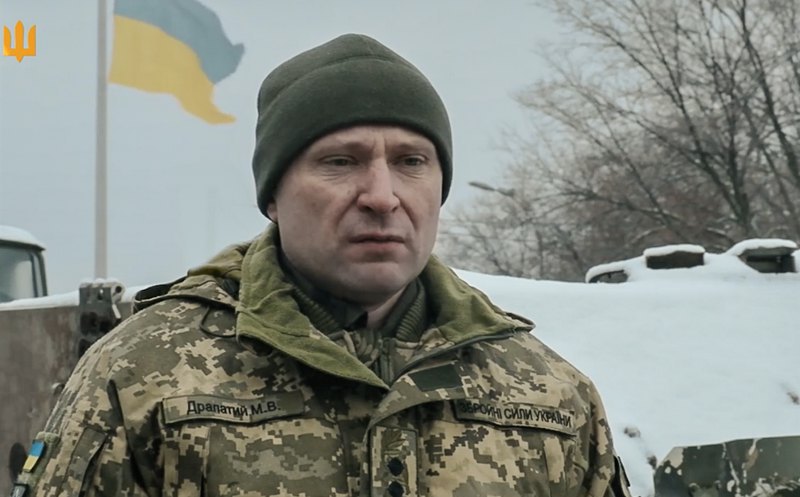
What has changed now?
On 9 February, in the Pokrovsk direction, units of the Khortytsya Operational and Strategic Group of Troops drove the enemy's 35th Brigade from the northern outskirts of Dachenske in a sudden counterattack, about 800 metres along the front and up to 1 km in depth.
On 10 February, from its positions in Zvirove, other Khortytsya units attacked in the direction of Pishchane and, on a front of up to 1 km, penetrated the enemy's 74th Brigade by 1.5 km, advancing near mine No. 3. The attack near Uspenivka was also successful. On that day, Khortytsya units attacked near Kotlyne, in the direction of Nadiyivka and Sribne.
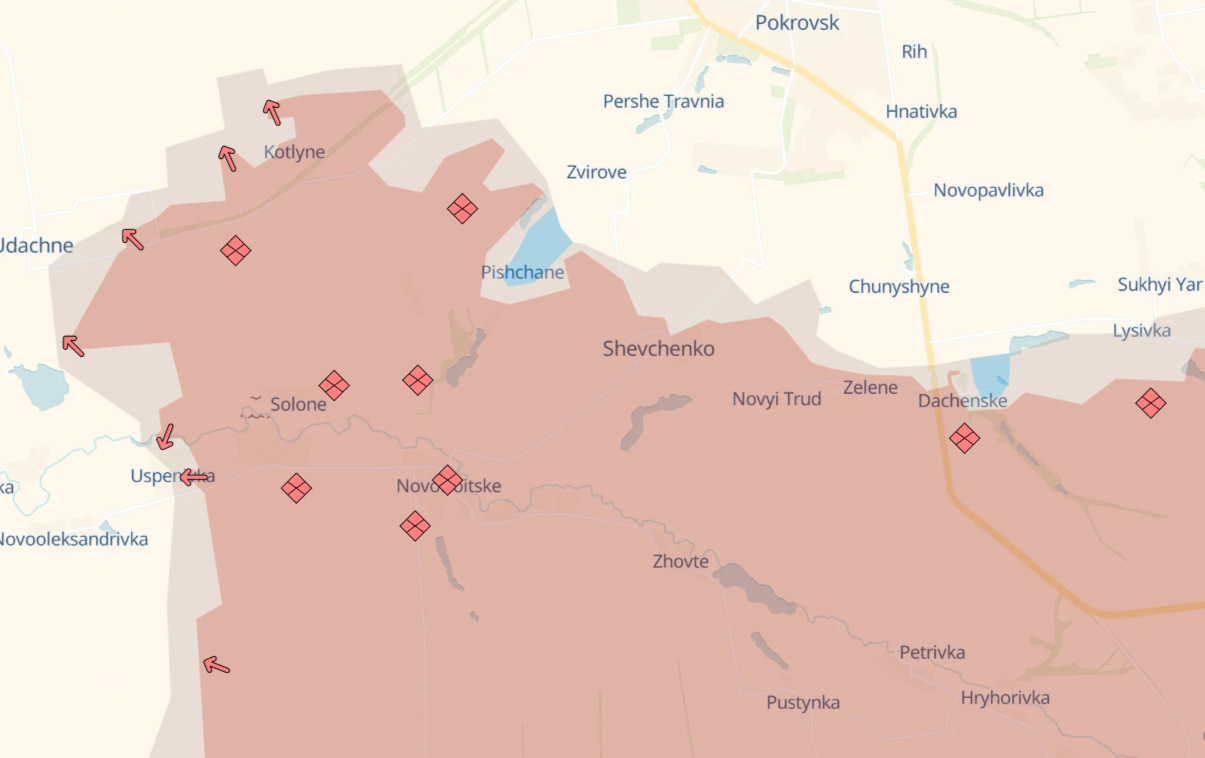
On 10 February, units of the Khortytsya unit counterattacked northwest of Ivanivka in the Lyman sector against the enemy's 144th Division, which is trying to gain a foothold on the western bank of the Siverskyy Donets. The counterattack was repeated on 12 February. These attacks complicate the enemy's advance towards the Lyman and thus slow down the enemy's movement towards the Slovyansk-Kramatorsk agglomeration from the north, making it impossible to fully occupy Donetsk Region.
On 12 February, units of the Khortytsya unit attacked near Toretsk, advancing on the northern outskirts of Toretsk, north-east of Druzhba village and in the centre of Leonidivka.
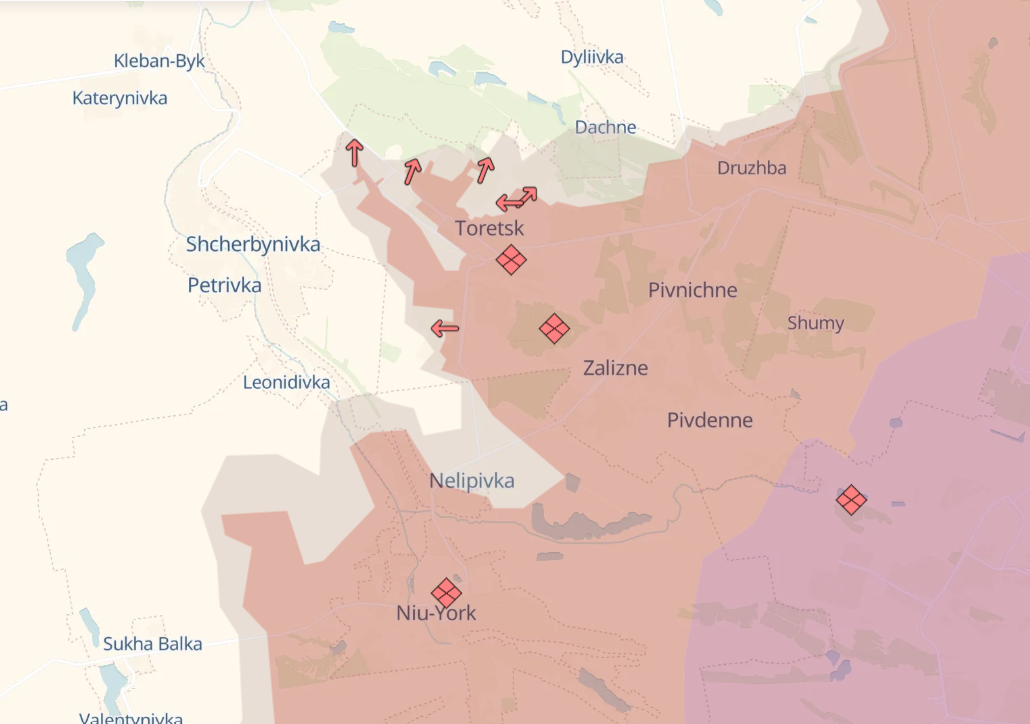
These actions slow down the formation of the enemy's southern flank for a further attack on Kostyantynivka. The longer the enemy does not reach the Yablunivka - Oleksandro-Kalynove line in the Toretsk sector, the longer it will not be able to launch an assault on the belt of fortresses from its southern flank. This is also facilitated by the strong defence near Chasiv Yar and other settlements in the Kramatorsk direction.
On the same day, Khortytsya units liberated Pishchane and attacked near Zvirove and Dachenske.
On 13 February, Khortytsya units cleared the industrial area in Vodyane Druhe and drove Russian troops out of Dachenske, advanced on the southwestern outskirts of Pishchane, and counterattacked on the western outskirts of Lysivka, near Pokrovsk, Kotlyne, and Preobrazhenka. In the area of the farm in the village of Vodiane Druve, Khortytsya's units counterattacked and pushed the enemy south towards Baranivka, which had been captured earlier.
Of course, all of these actions were facilitated by the consolidation of our troops through their gradual withdrawal, the restoration of the combat capability of individual units, the arrival of reserves, and the exhaustion of the enemy, but the simultaneous change in Khortytsya's behaviour in several directions over the course of four days says a lot about changes in the command and control of the troops.
North of Kharkiv Region, Kharkiv operational and tactical grouping
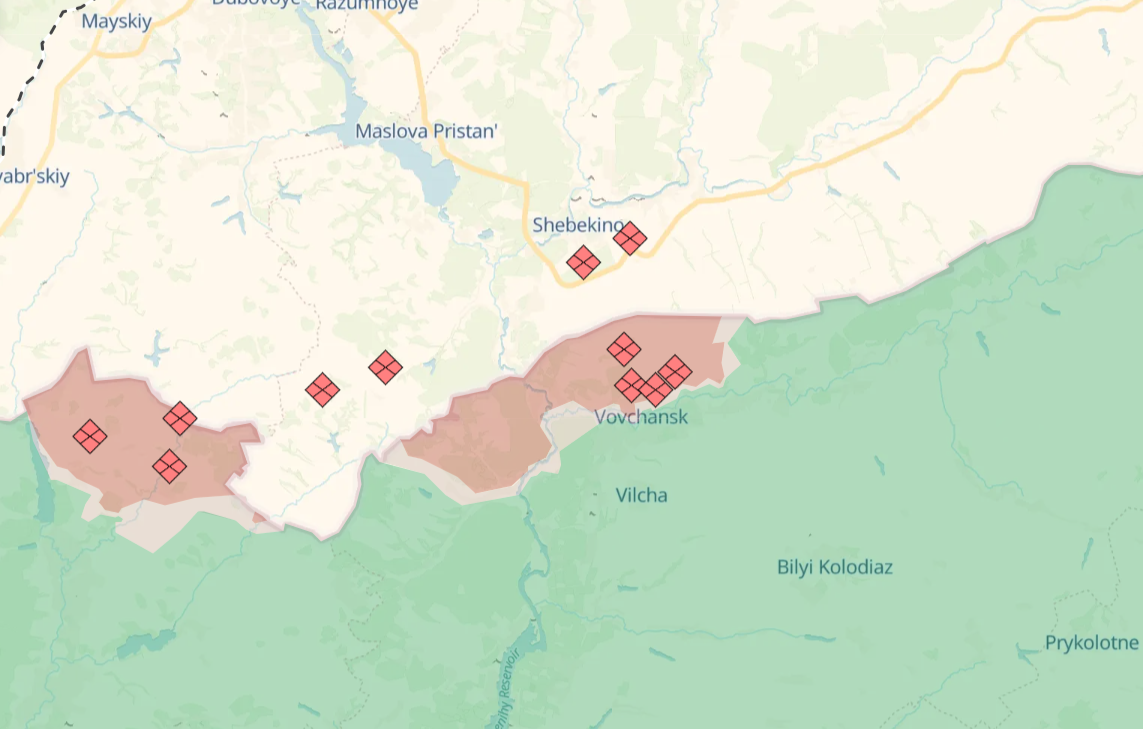
Kursk Region
The units of the Siversk Operational and Tactical Group found the junction of the flanks of the 177th Marine Regiment and the 11th Separate Mechanised Brigade, and suddenly attacked. As a result, our men captured Makhnivka, advanced through Cherkaska Konopelka, reached Fanasiyivka, for which they began fighting, and reached Ulanok. To make sure that the 11th Brigade's service was not considered honey, Siversk attacked in the direction of Ruska Konopelka. The 11th Brigade, whose headquarters concealed the real level of casualties and provided false combat reports throughout January, now has to explain why the brigade cannot hold the 5km line between the two Konopelkas, as if that were a task for a battalion! There is information that the brigade commander was handcuffed and sent to the rear to write an explanation.
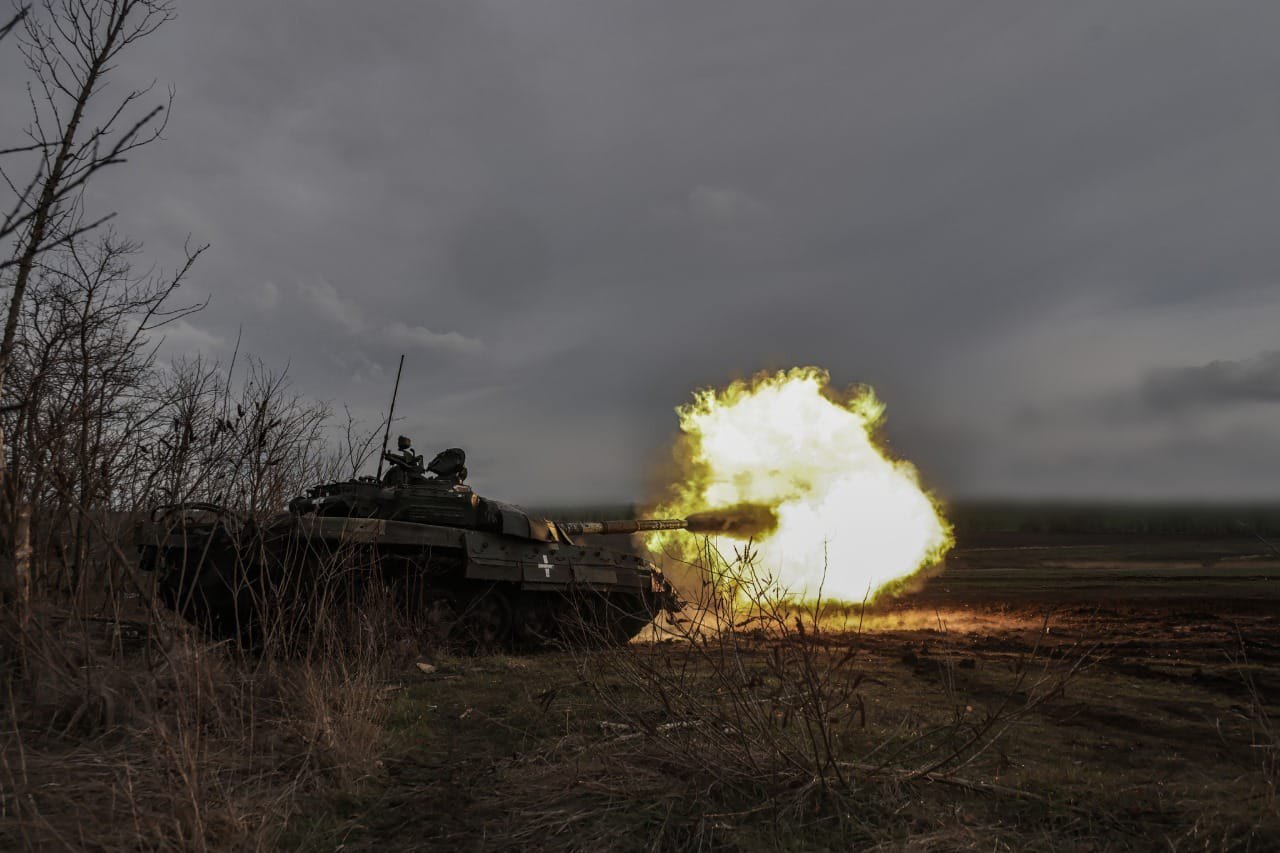
Let's also remember that the presence of Siversk spoils the Kremlin's picture for 9 May, the 80th anniversary of the end of World War II. It will be very embarrassing for Comrade Kim to sell the ‘Great Victory’ when you don't control your own territory.
That's the kind of candy we have today. Although it is a little lemony, sour. So far, there is a problem with chocolate ones.








